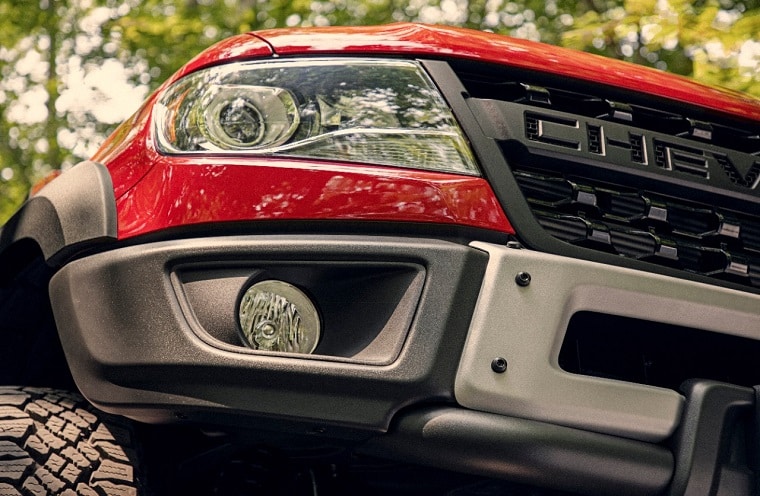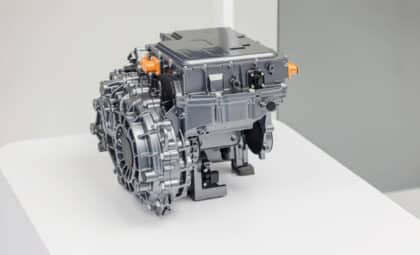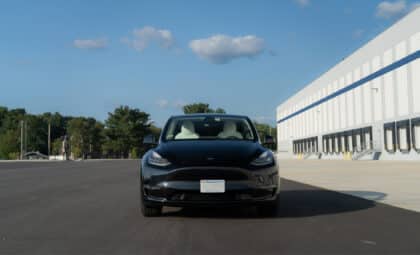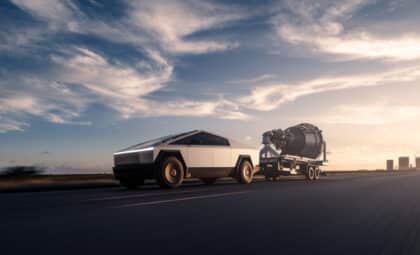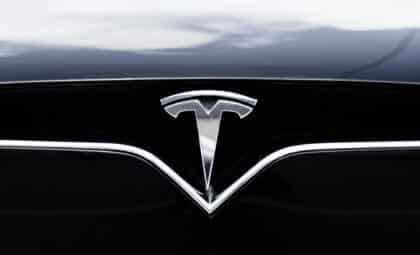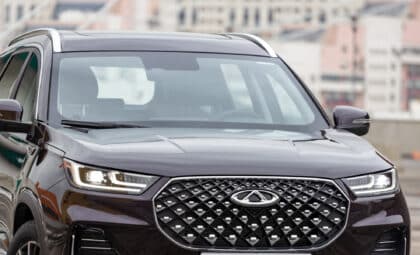
Bumpers get damaged in a wide variety of ways — from rear-end collisions to accidental scrapes and scratches. However, when it comes to repairing your bumper, you may run into dilemmas where you aren’t sure whether it’s better to repair it or replace it. Consider these factors when making your decisions.
Trust the Experts: See what a body shop can do for your vehicle
Superficial damage
If your car’s bumper is merely scuffed or scratched, it’s a good candidate to be repaired. You can attempt a DIY repair to cover up these blemishes by trying to buff them out, or by filling them in with a restorer gel. Once the gel has hardened, sand it to smooth it out. Once you’ve either filled or buffed the damaged area, you can touch it up with a car paint kit from your local auto supply store. However, there’s no guarantee that the shop will have paint that exactly matches your model. So if you’re a perfectionist, consider having these cosmetic repairs performed by the pros. And if that gets too costly, it may be time to replace your bumper.
Similarly, small dents may be fixable via paintless dent repair. However, you’ll want to have this performed by a body shop — DIY dent repair, when performed without pro-grade tools, easily can go seriously wrong. You could end up trashing your bumper or causing further cosmetic damage.
Cracks
Cracks are a much bigger issue than scratches or dents. Since your bumper is meant to absorb the shock from an impact, a cracked bumper is structurally unsound. It’s more than a bad look for your vehicle — it’s actually a safety issue. Have it replaced as soon as possible.
Missing parts
Bumpers have clips that help them stay attached to the valance panel, splash guard, and grille. An accident can snap these clips right off — and once they’re gone, there’s no viable way to repair them. For instance, glue won’t provide the structural strength these clips need to do their job. Plus, glue won’t stand up to temperature fluctuations and weather the way the original, undamaged plastic would. In terms of safety, this is critical for both you and your fellow road users — an unsecured bumper can fly off due to the air pressure exerted on it when driving at highway speeds. In addition to damaging your car, it can easily become a hazard for other drivers.
Even if your car’s bumper looks relatively unscathed after an accident, have these clips inspected for damage. If they’re cracked or missing, it’s time for a new bumper.
Get Rewarded for Taking Care of Your Vehicle: The GM Rewards Program
These are just a few guidelines to help you size up the damage your vehicle has endured. If you’re unsure, don’t hesitate to bring your vehicle to an auto body shop for a professional opinion.
Kimiko Kidd is a native Daytonian. She graduated from Wright State University with degrees in environmental science and sociology. She loves her trusty old Honda Civic, but dreams of owning a 1974 Ford Falcon XB with a custom paint job and a vintage Kawasaki Z1000. In her free time, Kimiko can be found watercolor-painting, baking muffins, collecting rocks, playing old-school Nintendo games, writing her novel, sewing stuffed animals, and cosplaying as her favorite Mad Max characters. See more articles by Kimiko.

